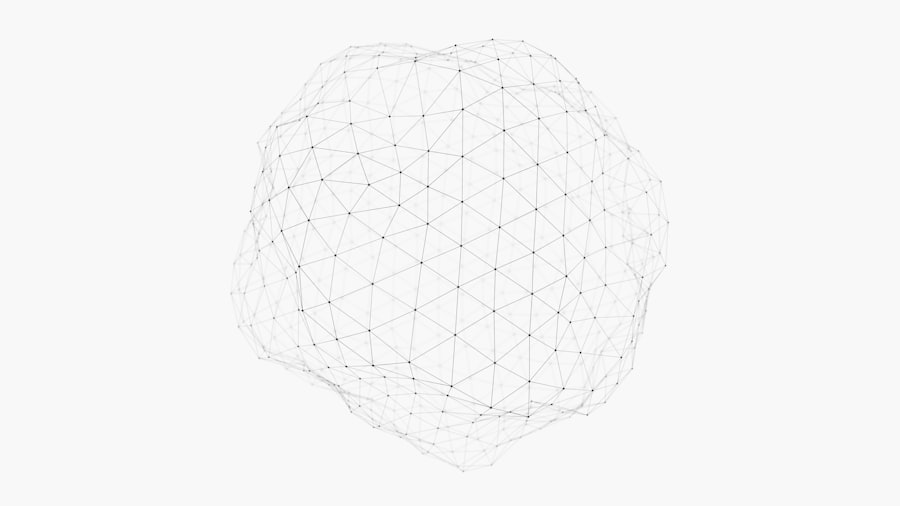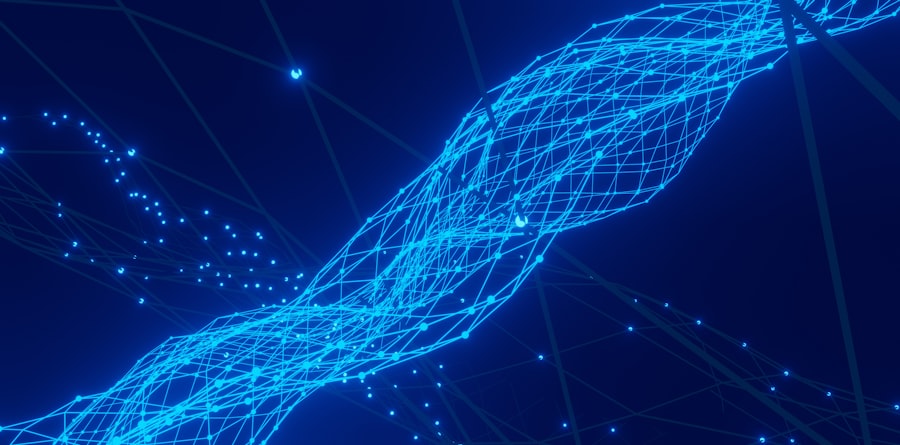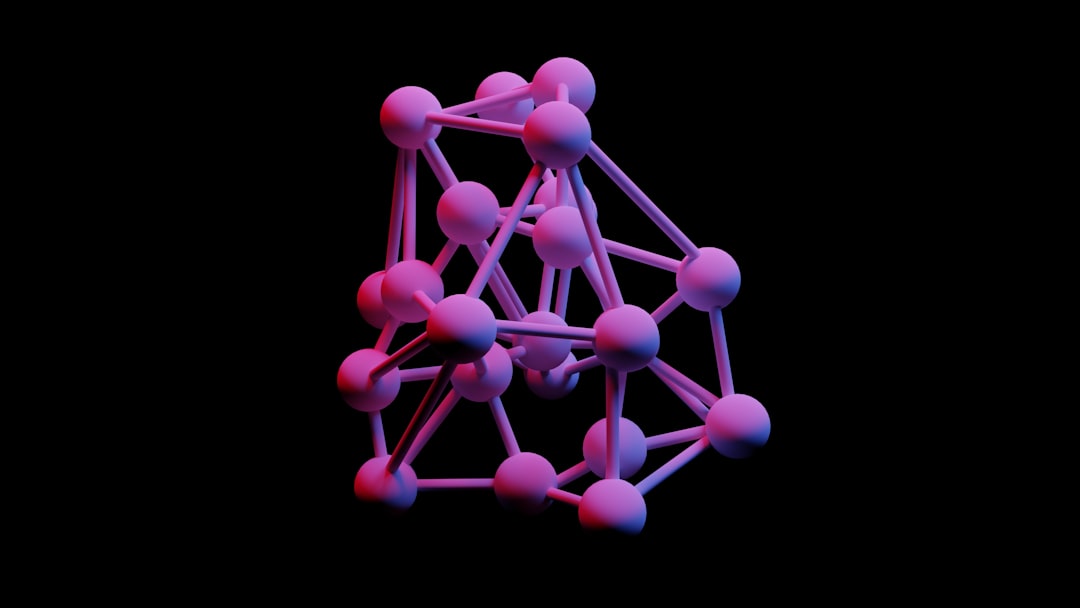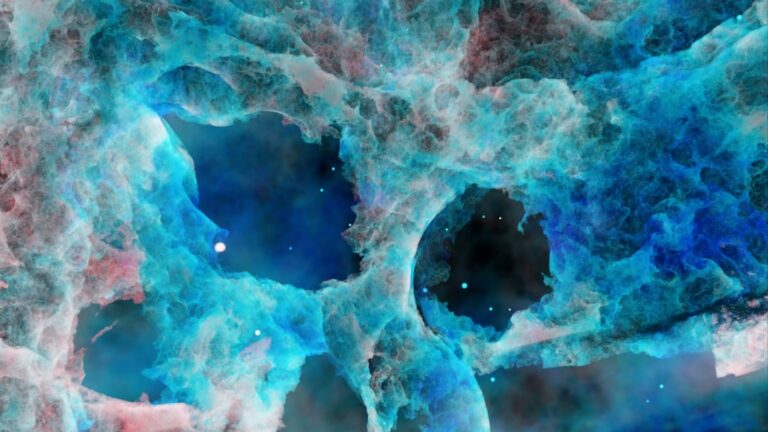Autoencoders are a class of artificial neural networks designed to learn efficient representations of data, typically for the purpose of dimensionality reduction or feature extraction. They consist of two main components: an encoder and a decoder. The encoder compresses the input data into a lower-dimensional representation, often referred to as the latent space or bottleneck, while the decoder reconstructs the original data from this compressed form.
This architecture allows autoencoders to capture the essential features of the input data while discarding noise and irrelevant information. The training process of an autoencoder involves minimizing the difference between the input and the reconstructed output, commonly measured using a loss function such as mean squared error. This self-supervised learning approach enables autoencoders to learn from unlabelled data, making them particularly useful in scenarios where labeled datasets are scarce or expensive to obtain.
The simplicity of their architecture, combined with their ability to learn complex patterns, has made autoencoders a popular choice in various fields, including image processing, natural language processing, and anomaly detection.
Key Takeaways
- Autoencoders are a type of neural network used for unsupervised learning and data compression.
- They work by encoding input data into a lower-dimensional representation and then decoding it back to its original form.
- Autoencoders have various applications in image processing, such as denoising, image generation, and feature extraction.
- They can be used for unsupervised learning tasks, such as clustering and dimensionality reduction.
- Autoencoders play a crucial role in anomaly detection by learning the normal patterns in data and identifying deviations from them.
How Autoencoders Work
Encoding the Input Data
Initially, the input data is fed into the encoder, which consists of one or more layers of neurons. Each layer applies a transformation to the input data, progressively reducing its dimensionality. This transformation is typically achieved through linear transformations followed by non-linear activation functions such as ReLU (Rectified Linear Unit) or sigmoid functions.
Compact Representation and Decoding
The final output of the encoder is a compact representation of the input data, capturing its most salient features. Once the data has been encoded, it is passed to the decoder, which aims to reconstruct the original input from the compressed representation. The decoder mirrors the architecture of the encoder but in reverse order, expanding the latent representation back to the original input dimensions.
Training the Autoencoder
The reconstruction process also employs activation functions to introduce non-linearity and improve the model’s ability to capture complex relationships within the data. The entire network is trained end-to-end, meaning that both the encoder and decoder are optimized simultaneously to minimize reconstruction error.
Applications of Autoencoders in Image Processing

Autoencoders have found extensive applications in image processing due to their ability to learn hierarchical representations of visual data. One prominent application is image denoising, where autoencoders are trained on pairs of noisy and clean images. By learning to reconstruct clean images from their noisy counterparts, these models can effectively remove noise while preserving important features.
For instance, in medical imaging, autoencoders can enhance MRI scans by reducing artifacts and improving image clarity, which is crucial for accurate diagnosis. Another significant application is image compression. Traditional compression techniques often rely on predefined algorithms that may not adapt well to specific datasets.
In contrast, autoencoders can learn optimal compression strategies directly from the data. By training an autoencoder on a large dataset of images, it can learn to represent images in a compact form while retaining essential visual information. This capability is particularly valuable in scenarios where bandwidth is limited, such as streaming services or mobile applications, allowing for efficient storage and transmission of high-quality images.
Unsupervised Learning with Autoencoders
| Metrics | Value |
|---|---|
| Reconstruction Error | 0.023 |
| Latent Space Dimension | 100 |
| Training Time | 5 hours |
| Number of Layers | 3 |
One of the most compelling aspects of autoencoders is their ability to perform unsupervised learning. Unlike supervised learning methods that require labeled datasets for training, autoencoders can learn from unlabelled data by leveraging their reconstruction objective. This characteristic makes them particularly useful in domains where obtaining labeled data is challenging or costly.
For example, in natural language processing, autoencoders can be employed to learn word embeddings from large corpora without requiring explicit labels for each word. In practice, unsupervised learning with autoencoders often involves pre-training on a large dataset before fine-tuning on a smaller labeled dataset. This approach allows the model to capture general patterns and structures within the data during pre-training, which can then be refined for specific tasks during fine-tuning.
The Role of Autoencoders in Anomaly Detection
Anomaly detection is another area where autoencoders have demonstrated significant utility. In many applications, such as fraud detection in financial transactions or fault detection in industrial systems, identifying rare events or outliers is crucial for maintaining system integrity and security. Autoencoders can be trained on normal data patterns and then used to identify anomalies by measuring reconstruction error.
When an input deviates significantly from the learned patterns, it will likely result in a high reconstruction error, indicating that it may be an anomaly. For instance, in network security, an autoencoder can be trained on normal traffic patterns to detect unusual behavior that may indicate a cyber attack. By analyzing the reconstruction error for incoming traffic data, security systems can flag potential threats based on deviations from established norms.
This approach not only enhances detection capabilities but also reduces false positives by focusing on learned representations rather than relying solely on predefined rules.
Enhancing Data Compression with Autoencoders

Data compression is a critical aspect of modern computing, especially given the exponential growth of data generated across various domains. Autoencoders offer a novel approach to compression by learning efficient representations that minimize storage requirements while preserving essential information. Traditional compression algorithms often rely on heuristics and predefined models that may not adapt well to specific datasets; however, autoencoders can learn directly from the data itself.
In practice, an autoencoder can be trained on a dataset to produce a compact latent representation that captures the most relevant features of the input data. This representation can then be stored or transmitted instead of the original high-dimensional data. When reconstructing the original data from this compressed form, the decoder uses learned patterns to generate outputs that closely resemble the original inputs.
This method not only achieves significant compression ratios but also allows for adaptive compression strategies tailored to specific datasets.
Using Autoencoders for Feature Learning
Feature learning is a fundamental aspect of machine learning that involves automatically discovering representations from raw data without manual feature engineering. Autoencoders excel in this domain by learning hierarchical features through their layered architecture. As data passes through each layer of the encoder, increasingly abstract representations are formed, allowing for complex patterns to be captured effectively.
For example, in image classification tasks, an autoencoder can learn low-level features such as edges and textures in its initial layers while capturing higher-level concepts like shapes and objects in deeper layers. These learned features can then be utilized for various downstream tasks such as classification or clustering without requiring extensive manual feature extraction efforts. This capability not only streamlines the machine learning pipeline but also enhances model performance by leveraging rich representations learned directly from the data.
Challenges and Future Developments in Autoencoder Technology
Despite their numerous advantages, autoencoders face several challenges that researchers are actively addressing. One significant issue is overfitting, particularly when training on small datasets or when using overly complex architectures. Overfitting occurs when a model learns noise rather than underlying patterns, leading to poor generalization on unseen data.
Techniques such as dropout regularization and early stopping are commonly employed to mitigate this risk; however, finding the right balance between model complexity and generalization remains an ongoing challenge. Looking ahead, future developments in autoencoder technology may focus on enhancing their robustness and interpretability. Researchers are exploring variations such as variational autoencoders (VAEs), which introduce probabilistic elements into the encoding process, allowing for more flexible representations and better handling of uncertainty in data.
Additionally, integrating autoencoders with other machine learning techniques such as reinforcement learning or generative adversarial networks (GANs) could lead to novel applications and improved performance across various domains. As advancements continue in deep learning frameworks and computational resources become more accessible, autoencoders are poised to play an increasingly prominent role in tackling complex problems across diverse fields ranging from healthcare to finance and beyond. Their ability to learn meaningful representations from unlabelled data positions them as powerful tools for future innovations in artificial intelligence and machine learning.
If you are interested in delving deeper into the world of computational analysis, you may want to check out this article on Understanding Computational Fluid Dynamics (CFD) Analysis: A Comprehensive Guide. This article provides a detailed overview of how CFD is used to analyze fluid flow and heat transfer in various engineering applications. It offers valuable insights into the principles and techniques behind this powerful computational tool, which can be beneficial for those looking to expand their knowledge beyond autoencoders.





















+ There are no comments
Add yours